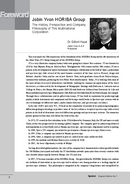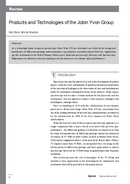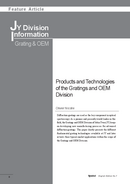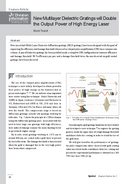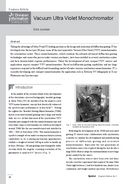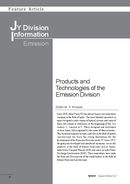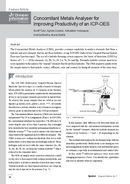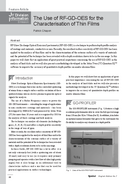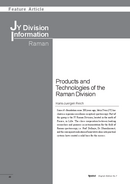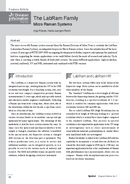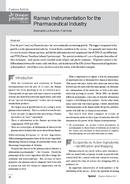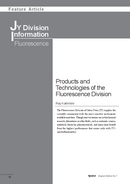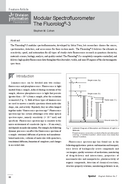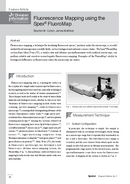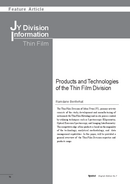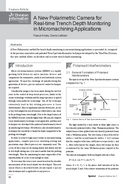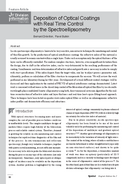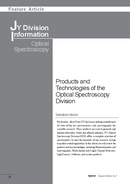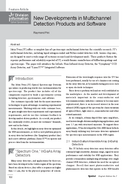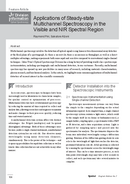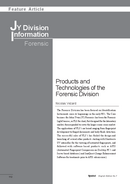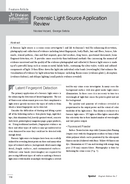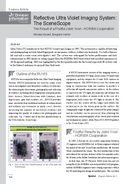PDF
1.8
MB

Desktop X-ray Fluorescence Element Analyzer (MESA-500)
Author: Akimichi Kira
– HORIBA has developered the MESA-500 energy dispersive X-ray fluorescence analyzer. This analyzer is capable of extremely easily and accurately analyzing the amount of elements contained in all types of samples (solids, powders, liquids, etc.) in a non-destructive manner and without the need to use standard samples. The MESA-500 is in an extremely compact design, and enables even anybody to easily obtain highly accurate analysis information such as X-ray spectra, automatic qualitative analysis, standard-less quantitative analysis, etc. This paper describes how highly-accurate quantitative analysis has been achieved by methods such as spectrum processing whereby the intensity of fluorescent X-rays is calculated from measured spectrum data, and matrix compensation using fundamental parameter method.
(Same content in Japnese is in Readout No.7-Japanese edition-.)



